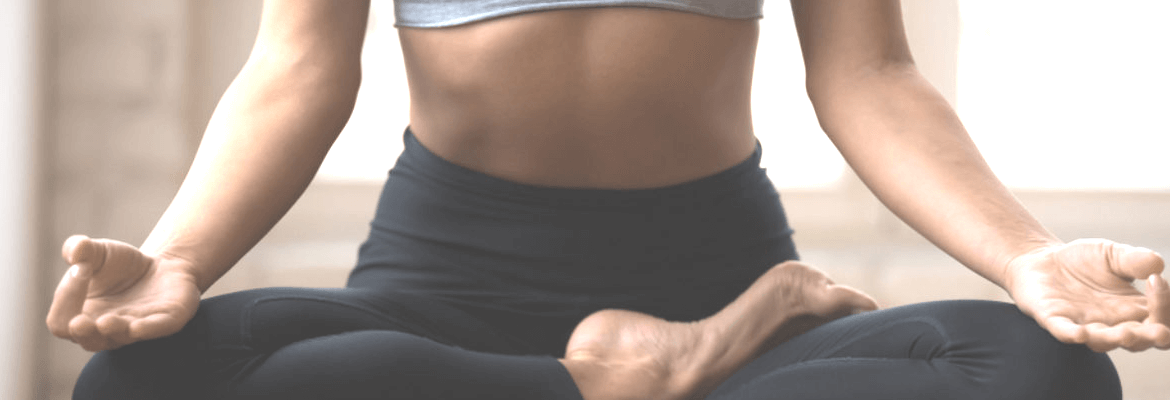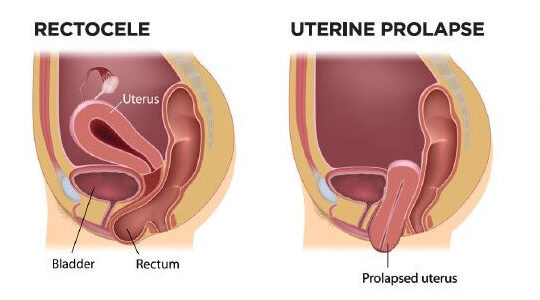How can Meditation Help with Pelvic Floor Physical Therapy?
How can Meditation Help with Pelvic Floor Physical Therapy?
What is Meditation?
Meditation is an ancient practice of focusing one’s mind on something specific in order to improve attention, clarity, and overall well being. It can be generally classified as concentrative or mindfulness meditation. Concentrative meditation is an active process, by maintaining single-pointed concentration on a thought, object, or sound. Transcendental meditation and certain yogic breathing exercises are concentrative, as practitioners are required to focus on a certain mantra or technique throughout the entire session. On the other hand, mindfulness meditation is more passive, allowing you to acknowledge and accept any thoughts, feelings, and sensations of your body in the present moment. This is done without judgement and you’re merely observing these thoughts and then letting them pass.
What are some of the health benefits of Meditation? Meditation helps reduce stress and anxiety, improve pain tolerance, and promote better sleep habits. This plays an important role in chronic pain and breaking the pain cycle. The pelvic floor refers to a group of muscles located in the pelvic region that supports our sexual organs, bladder, and rectum. Pain in this area can develop as a result of physical trauma, surgery, childbirth, certain medical conditions of the pelvis like endometriosis, and muscle tightness/ trigger points. Pelvic pain can become chronic if left untreated, leading to hypersensitivity of the muscles and nerve pain. Meditation can be one useful tool to calm an overactive nervous system.
Where can I start? You can start by simply finding a comfortable position (sitting with your back supported or lying down). Close your eyes and focus on your breathing. Mindfulness meditation is commonly suggested as a great place to start, just by observing your breathing pattern, thoughts, and any physical sensation that arise in your body.
- Feel the expansion and movement of your chest and belly with breathing
- If any thoughts arise, let them come up and then pass
- Listen to any sounds in the room with intention
- Try to stay in the present moment
Start with 5-10 minutes of meditation a day and find what works best for you. Some people find guided mediation to be more helpful, such as with apps like Calm and Headspace. The key is consistency in your practice to achieve better results and improved control over your pain.
Reach me if I can answer any questions on physical therapy, serving you locally in New York City or anywhere online virtually through “telehealth“.
Sign up for Pelvic Health and Wellness Tips






